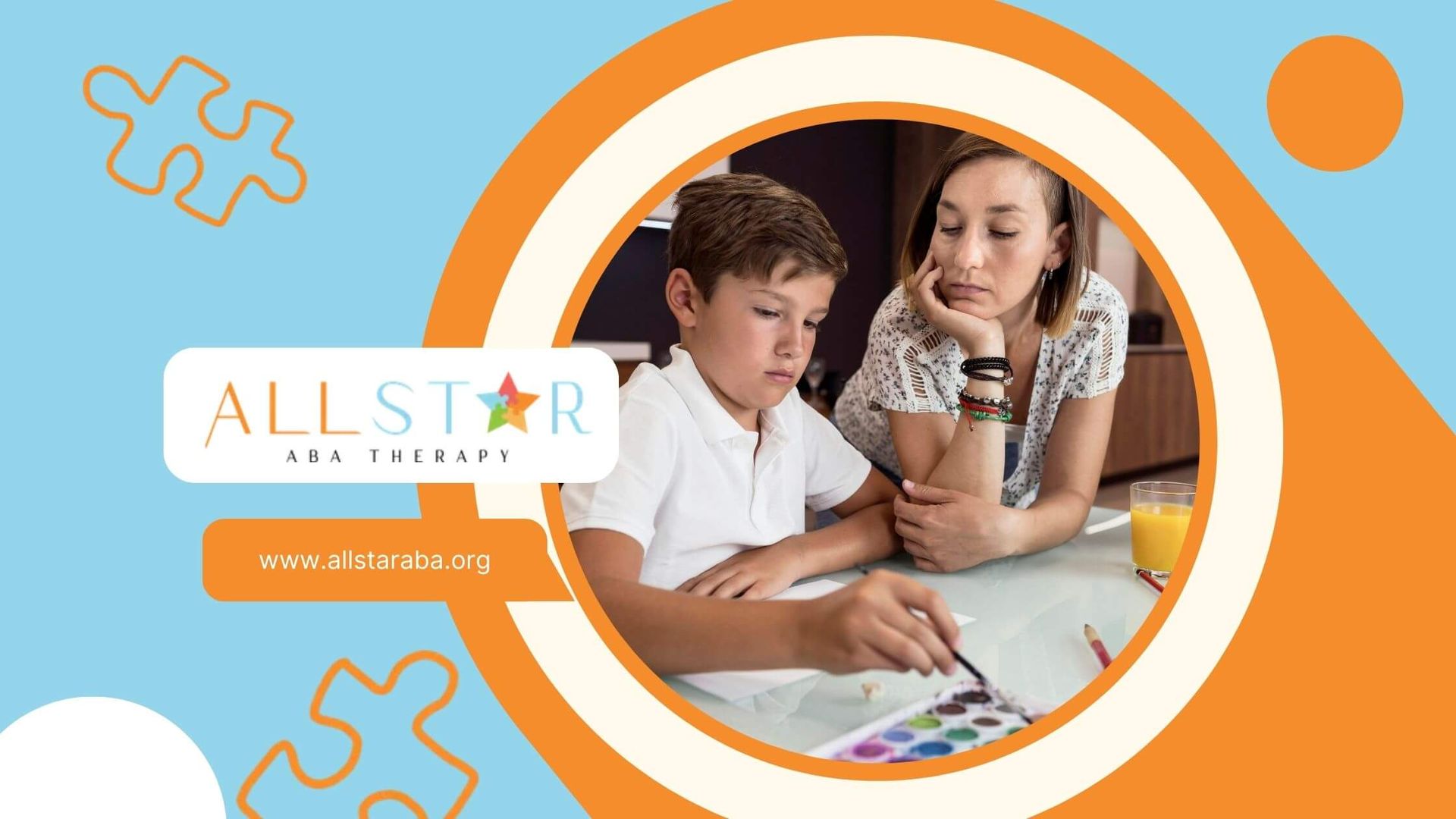New Paragraph
What Does ‘On the Spectrum’ Mean in Autism? A Guide to Understanding ASD
When you hear the phrase "on the spectrum" in conversations about autism, it refers to a concept that captures the diversity and complexity of autism spectrum disorder (ASD). Just like a rainbow blends colors, the autism spectrum encompasses a wide range of experiences. It’s not about fitting into a neat box—autism can look different for each individual, from those who might need significant support to those who are more independent.
Understanding what "on the spectrum" truly means is vital for fostering an inclusive society that recognizes and celebrates this diversity. Let’s explore what it means to be "on the spectrum," the varying levels of support needed, and why it's important to appreciate the uniqueness of each individual with autism.
Understanding the Autism Spectrum
Imagine a rainbow—a spectrum of colors, each blending into the next. The autism spectrum is similar, representing a diverse range of experiences. No two individuals with autism are the same.
The term "spectrum" emphasizes that autism isn't a one-size-fits-all condition. Some individuals may experience significant challenges, requiring substantial support, while others may lead relatively independent lives. This diversity is crucial to remember, as it underscores the importance of personalized support and understanding.
Defining the Autism Spectrum
In simple terms, the autism spectrum refers to the wide range of experiences that fall under the diagnosis of autism spectrum disorder. Imagine it as a continuum, with individuals positioned along it based on the severity of their symptoms and how those symptoms impact their lives.
Those on the spectrum often face challenges with social communication, such as understanding social cues, engaging in reciprocal conversations, or interpreting nonverbal communication like facial expressions. Additionally, they might engage in repetitive behaviors and have heightened or diminished responses to certain sensory inputs.
The Broad Range of Autism: From High-Functioning to Severe
You might hear terms like "high-functioning autism" or "severe autism" to describe individuals on different parts of the spectrum. This terminology attempts to convey the level of support an individual might need based on the severity of their challenges.
However, it's crucial to remember that even within these broader categories, there's significant variation. An individual with high-functioning autism may excel academically but struggle with social anxiety. Conversely, someone with severe autism might have profound communication difficulties but demonstrate exceptional visual-spatial skills.
The Importance of Recognizing Diversity Within the Spectrum
Recognizing and appreciating the diversity within the autism spectrum is paramount. Each person is unique, with their own set of strengths, talents, and challenges.
Stereotyping or making assumptions based solely on a diagnosis can lead to misunderstandings and limit an individual's potential. Instead, let's focus on understanding each person's individual needs and celebrating their unique contributions.
How Autism Spectrum Disorders Manifest Differently in Individuals
Individuals with autism spectrum disorder can present a diverse array of experiences. Some might have exceptional memory or problem-solving abilities but struggle with initiating and maintaining conversations.
Others might find comfort in repetitive behaviors, such as arranging objects or following strict routines, while experiencing challenges with sensory overload in crowded or noisy environments. Importantly, autism can co-occur with other conditions, like intellectual disability, anxiety, or ADHD, further adding to the complexity.
The Misconceptions About Being "On the Spectrum"
The term "on the spectrum" is often misunderstood, leading to misconceptions about autism. Here are a few commonly held but inaccurate beliefs:
- Everyone on the spectrum is the same: As we've discussed, the spectrum encompasses a wide range of experiences, and no two individuals are alike.
- People on the spectrum lack social skills: While social interaction can be challenging, many individuals on the spectrum desire connection and build meaningful relationships with support and understanding.
- Autism is a disease that needs to be cured: Autism is a neurodevelopmental difference, not a disease. While therapies can help individuals develop coping mechanisms and enhance skills, the goal should be to support and empower, not to "cure."
Conclusion
In conclusion, understanding what it means to be "on the spectrum" is an essential part of fostering acceptance and support for individuals with autism. The spectrum is diverse, encompassing a range of behaviors, abilities, and needs, and each individual’s experience with autism is unique. It’s crucial to recognize and appreciate these differences to create a more inclusive society.
If you're seeking personalized support for your child or loved one, All Star ABA offers ABA therapy services in Maryland, Virginia, and North Carolina. Our expert team is dedicated to helping individuals on the autism spectrum thrive, providing tailored therapy that addresses their unique needs and challenges.
Whether you're looking for help with social skills, communication, or behavioral support, we’re here to guide you every step of the way. Let's work together to unlock your loved one's full potential. Reach out to All Star ABA today!
FAQs
What does it mean when someone is on the spectrum?
Being "on the spectrum" signifies having autism spectrum, a developmental condition affecting communication and behavior. Formerly known as asperger’s syndrome, autism encompasses a wide range of behaviors and social communication styles.
Is it offensive to say someone is on the spectrum?
"On the spectrum" is generally acceptable, emphasizing the diversity of autism. However, referring to someone as "autistic" might be perceived as defining them solely by their complex developmental condition, potentially impacting social interaction.
Is ADHD on the spectrum?
While both impact social skills and behavior, ADHD is not on the autism spectrum disorder. However, they can co-occur. Behavior analysis helps differentiate, as repetitive behaviors are more specific to ASD.
Need Support?
We're Here to Help!
Our experienced team is ready to assist you. Reach out today to discuss how we can support your child's development and well-being.
Get started with expert ABA therapy today.








